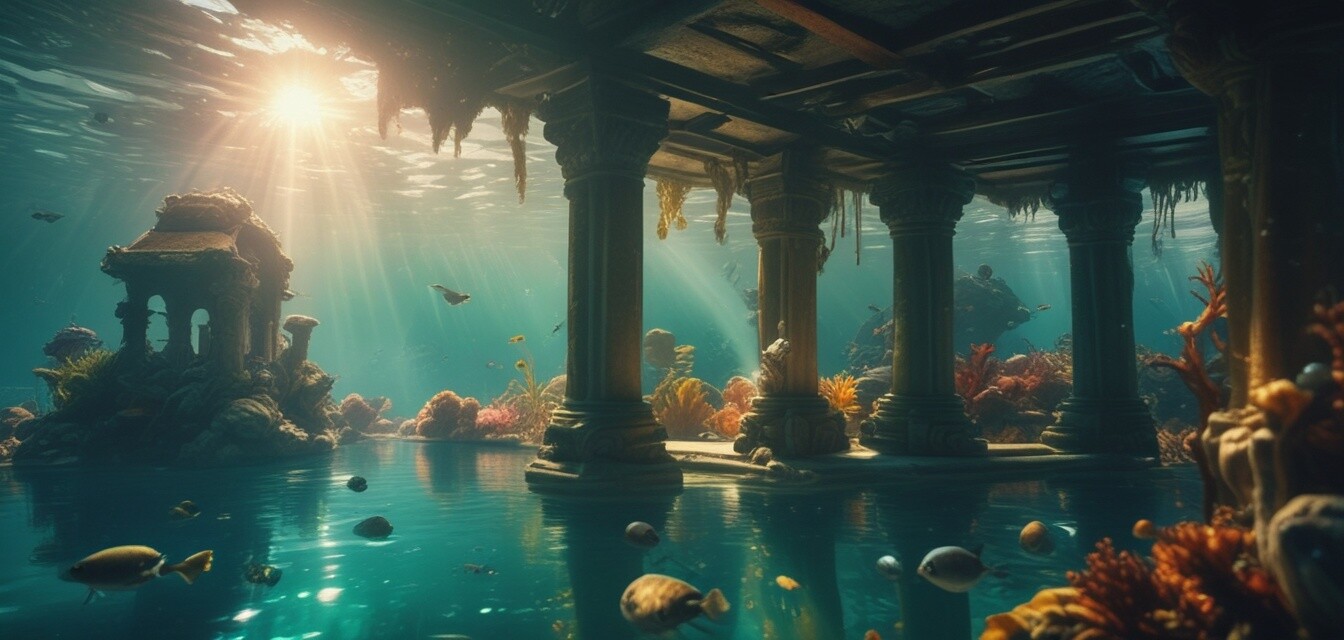
Best Practices for Photographing Underwater Artifacts
Key Takeaways
- Use natural sunlight and artificial lighting to enhance visibility.
- Maintain focus on subjects while managing the background.
- Utilize composition techniques to highlight artifacts effectively.
- Be aware of your equipment settings for the clearest images.
- Practice patience and observe marine life behavior for the best shots.
Underwater photography is a fascinating way to capture the beauty of the ocean and its hidden gems. Among the most intriguing subjects are underwater artifacts, which can range from ancient shipwrecks to everyday items lost to the sea. Capturing these objects in detail requires specific techniques and knowledge. Below, we'll explore some best practices to help you photograph underwater artifacts with stunning clarity and beauty.
1. Understanding Your Environment
Before you even begin photographing, it's essential to understand the underwater environment. Factors such as lighting, water clarity, and marine life can significantly impact your shots.
- Lighting: Natural light can diminish quickly with depth. Knowing how to utilize both sun and artificial lighting can greatly enhance your images.
- Water clarity: Murky water can lead to less detail in your shots. Choose days with good visibility.
- Marine life: Be aware of the wildlife in your area to avoid disruptions and accidents.
2. Crafting the Right Composition
The way you frame your artifact can make a significant difference. Here are some composition techniques to consider:
Framing Techniques
| Technique | Description |
|---|---|
| Rule of Thirds | Divide your frame into thirds, placing the artifact along these lines or their intersections for a balanced look. |
| Leading Lines | Use natural lines in the environment to guide the viewer’s eye towards the artifact. |
| Foreground Elements | Add marine flora or rocks in the foreground to create depth and interest. |
3. Choosing the Right Equipment
Equipment choice can make or break your underwater photography experience. Here are some tips:
Equipment tips for underwater photography beginners
- Invest in a waterproof housing for your camera.
- Consider using lenses specifically designed for underwater use.
- Bring a tripod or stabilizer to minimize movement in low light.
- Use red filter for deeper dives to correct color distortion.
4. Adjusting Camera Settings
Understanding your camera settings is crucial for taking beautiful underwater photographs. Adjust the following settings:
- Aperture: A wider aperture (lower f-stop number) can help in low light but narrow depths of field.
- ISO: Keep the ISO as low as possible to reduce graininess, but don’t be afraid to increase it if you're diving deep.
- Shutter Speed: Faster shutter speeds are essential to freeze motion in the unpredictable underwater environment.
5. Utilizing Lighting
Lighting can dramatically enhance your underwater photos. Here are some techniques for effective lighting:
- Overcast days: Utilize flash or LED lights to brighten your subject against a muted background.
- Angle of light: Position your light source in front of the subject to avoid backlighting, which can obscure details.
- Diffused light: Use materials to soften the harshness of direct light.
6. Patience is Key
Finally, the most important technique is patience. Underwater photography can be unpredictable, and waiting for the right moment can make all the difference. Take the time to observe your surroundings, find unique angles, and study the behavior of marine life that may enhance your shots.
Pros
- Captures unique and stunning images of underwater artifacts.
- Opportunity to explore fascinating underwater environments.
- Enhances understanding of marine ecosystems.
Cons
- Requires significant investment in equipment.
- Can be physically demanding and requires safety precautions.
- Not all conditions are suitable for photography.
By following these best practices, you can improve your underwater photography skills and create stunning imagery of underwater artifacts. For more tips on underwater photography, check out our other resources in the Tips and Techniques category or explore our underwater cameras to find the right gear for your adventures!

